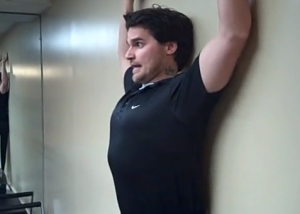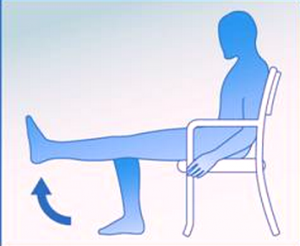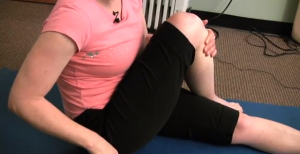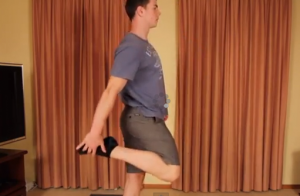Chondromalacia patella exercises work in strengthening the knee that had become weakened and painful due to inflamed cartilage. These exercise programs are specifically designed for each patient as each case is different. Chondromalacia patella occurs owing to an array of reasons and so proper diagnosis is crucial in deciding on the appropriate exercises that will work best for the patient. It may take some time for the results to become evident, which is why it is important for patients to work closely with their physical therapists and adhere to the instructions religiously.
Causes of Chondromalacia Patella
Also referred to as patellofemoral pain syndrome, the condition arises when the cartilage found at the back of the kneecap or patella is inflamed or damaged. The cartilage provides cushioning to the kneecap that absorbs shock as well as ensures that it will glide, not rub, over the bones on top of it. Chondromalacia patella causes acute to chronic knee pain and swelling. It also gives rise to grinding noises even with the slightest knee movement.
The condition is brought forth by an assortment of causes and so chondromalacia patella exercises are designed based on the specific triggering factor, which include:
- Leg overuse
- Muscle imbalance
- Flat feet
- Misaligned kneecap
Chondromalacia patella affects everyone, although adolescents, young adults and women are more susceptible to it. The condition could aggravate into severe joint problems, require more invasive treatment methods, if ignored.
Chondromalacia patella exercises
Chondromalacia patella exercises help the patient restore optimum knee function by strengthening the supporting muscles of the knees and legs. These exercises involve more movement but less discomfort and resolve issues brought about by inflamed or damaged cartilage, such as acute or chronic knee pain, grinding sounds that accompany knee movement, knee tightness and general discomfort.
The following are some of the exercises for chondromalacia patella patients:
- Wall slides

This stretching exercise helps build leg muscles to provide optimum knee support. Wall slide is done by standing upright with the feet 6 inches away from the wall. Resting the entire back on the wall, slowly slide down bending the knees at a 45-degree angle. After 30 seconds, slowly slide up to return to original position. Wall slides should be done in 3 sets with 10 repetitions.
- Hamstring stretch

Hamstring stretch loosens the hamstring muscles to relieve the sprained kneecap as well as the pain. This is performed by simply lifting the leg onto a chair to keep it elevated and slowly bending forward to reach the toes. Hold for 15 seconds and do this for 5 times.
- Hip-thigh stretch

This particular stretching exercise aims to build the tendons and muscles on the hips and thighs. It is done by standing upright with legs crossed and hands on the hips. Bend sideways for 15 seconds then repeat on the other side.
- Quadriceps stretch

This exercise strengthens the quadriceps muscles and helps ease knee pain. This is done by standing on the wall and pulling the foot behind to bend the leg at knee level for 15 seconds.
There are drills that should not be included in Chondromalacia patella exercises because they add more pressure to the knee and aggravate the pain. That is why a qualified physiotherapist should be consulted before starting on any exercise regime.
I抳e been exploring for a bit for any high-quality articles or weblog posts on this sort of house . Exploring in Yahoo I ultimately stumbled upon this website. Studying this information So i am happy to express that I’ve an incredibly excellent uncanny feeling I found out exactly what I needed. I most for sure will make certain to do not overlook this site and give it a glance regularly.